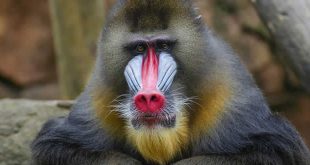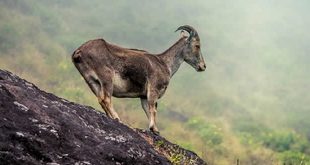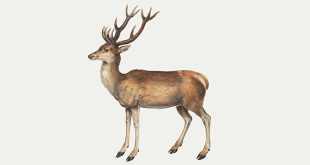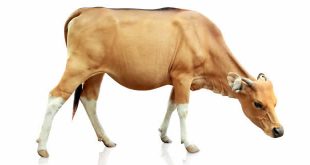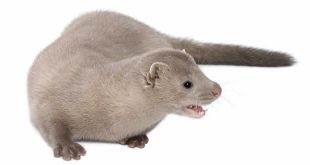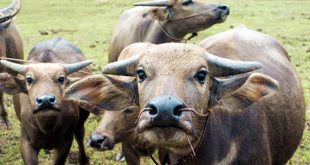 Muntjac — Muntjac are deer of the genus Muntiacus, also known as Barking Deer. Muntjac are the oldest known deer, appearing 15-35 million years ago, with remains found in Miocene deposits in France and Germany.
Muntjac — Muntjac are deer of the genus Muntiacus, also known as Barking Deer. Muntjac are the oldest known deer, appearing 15-35 million years ago, with remains found in Miocene deposits in France and Germany.
The present-day species are native to Southeast Asia and can be found from India and Sri Lanka to southern China, Taiwan and Indonesian islands. Reeves’s Muntjac has been introduced to England and is now common in some areas there. Being tropical, there is no seasonal rut and mating can take place at any time of year, a behaviour retained by populations introduced to temperate countries. Males have short antlers which can regrow but tend to fight with their tusks (downward pointing canine teeth) for territory.
Muntjac are of great interest in evolutionary studies because of their dramatic chromosome variations and recent discoveries of several new species.
The Common Muntjac, also called Indian Muntjac (Muntiacus muntjak) is the most numerous muntjac deer species. It has soft, short, brownish or greyish hair, sometimes with creamy markings. This species is omnivorous, feeding on fruits, shoots, seeds, birds’ eggs as well as small animals and even carrion. It gives calls similar to barking, usually on sensing a predator (hence the common name for all muntjacs of barking deer).
The male Indian Muntjac has small antlers which attain 15 cm in length and have only 1 branch. They grow annually from a bony stalk on the head. Males are extremely territorial and can be fierce for their size. They will fight each other for territory using their antlers or their (more dangerous) tusk-like upper canine teeth, and can defend themselves against predators such as dogs.
Reeves’s Muntjac, or just Reeves’s Muntjac, is an endemic muntjac species of Taiwan. This muntjac is also found across the Straight of Formosa in Fujian and Zhejiang Provinces in China, and have been successfully introduced in the Netherlands and England. It feeds on herbs, blossoms, succulent shoots, and grasses and nuts. It takes its name from John Reeves, who was appointed Assistant Inspector of Tea for the British East India Company in 1812.
 Kids Portal For Parents India Kids Network
Kids Portal For Parents India Kids Network
